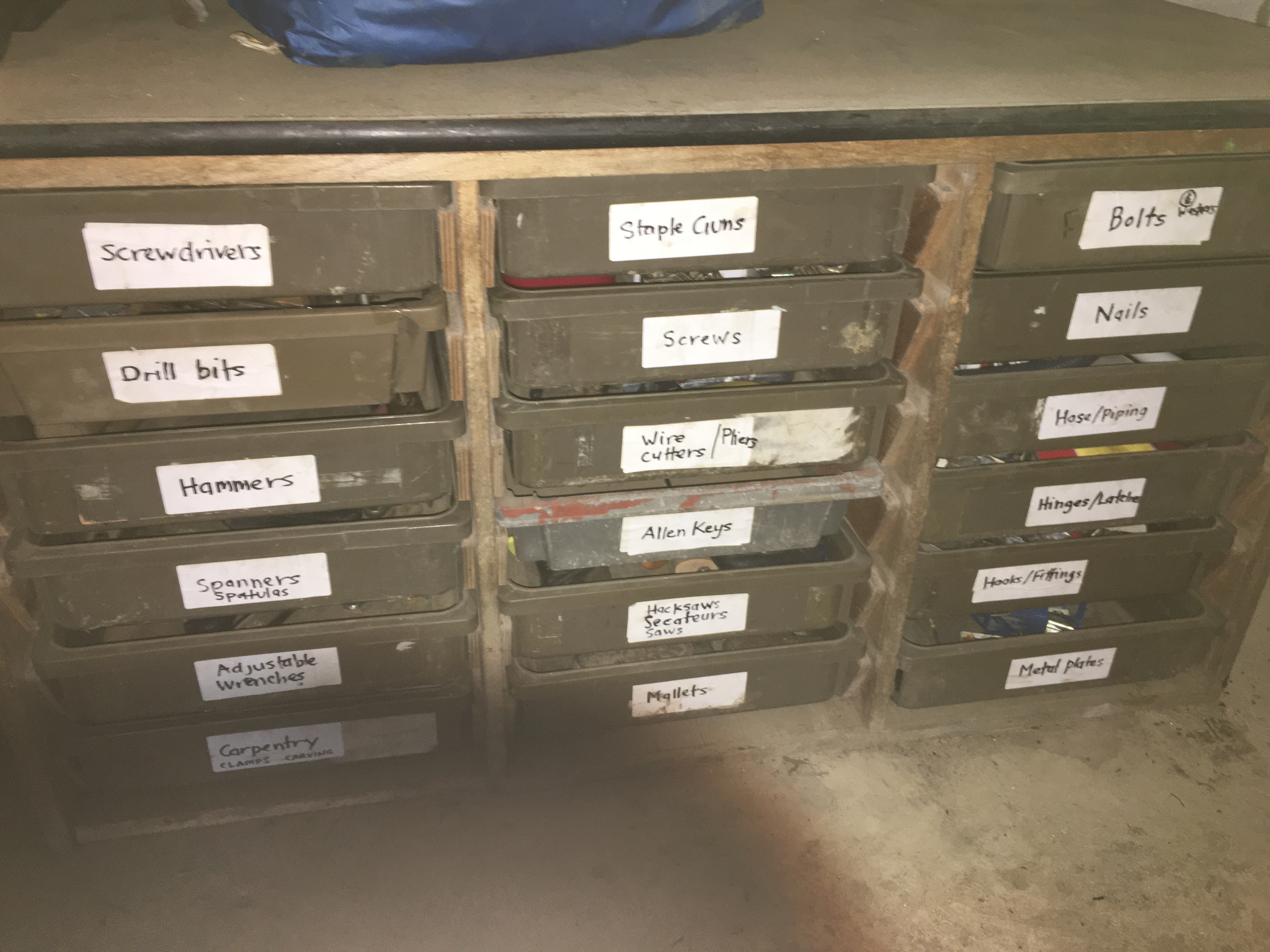Reducing our CO2 emissions
113 weeks ago

A climate friendly project
There are many things we endeavouring to do at the Green Patch to reduce our CO2 emissions. We are aspiring to become a carbon neutral project, as much as that is possible. Here are some of the things we are up to.
SITE PROJECTS
In no particular order:
Rainwater harvesting
Water collection from our rooves and subsequent reuse in caring for livestock and watering our vegetables reduces our carbon output through less pumping of mains water from distant resovoir. .
Fresh produce
For our vegbox program we grow fresh produce available to local residents at economic prices. Our program reduces food miles and so limits carbon emissions.
Edible hedgerows and food forestry
We are starting to add polycultures of perennial edible plants in the form of food forests and edible hedgerows. As they require little digging and soil disturbance, perennial food plantings sequester carbon into the soil. Also, as plants become established, these plantings are more drought/flood tolerant - an robust feature in variable climactic conditions. Perennial polycultures are effectively low maintenance, or in other words, don't require a petrol fueled lawn mower to keep under control.
Composting and recycling
Composting is a central operation to our growing scheme. Every year we produce several tonnes of rich, nutritious compost. With the help of our volnuteers we run a large scale composting operation and all organic waste on the site is now recycled.
Dead hedging
We are now using dead heading as a technique to improve the ecological value of our site whilst reusing dead woody organic matter that isn't suitable for composting. In this way we reuse organic materials, create an educational landscaping work experience and create new habitat for wildlife on the edges of our site.
Green rooves
We are about to add some sedum roofing to some of our site structures. Our sedum rooves will capture (up to 54%) and filter rainwater and sequester CO2 at around 5kg/m2/year. Our planned roof will sequester approximately 165kg of CO2 annually.
CYCLING, RECYCLING and REPAIR
Waste management
We are working hard on improving the management of our waste so as much as possible is reused, given away or recycled correctly. Miinimistion of waste is the first step through repair and reuse.
Storage management
We have recently improved our storage management. This in turn allows us to have better inventories which helps reduce accidental duplicate purchasing and improves access to materials already on site. Improved storage allows us to store materials for later repair and reuse.
Transport to and from our site
Many of our staff cycle to work and we encourage staff and volunteers to cycle or walk as much as possible. We regularly host bicycle repair workshops.
Second hand purchasing
We are trying to develop culture of buying second hand where possible. It can be heard to do as it generally takes more time and energy, so we are looking out for opportunities to buy second hand and then organising purchasing around that.
A culture of recycling and repair
We regualry reuse old object for new purposes and are endeavouring to repair reusable equipment as best we can.
Library of stuff
We lend out tools and equipment to the local residents, helping make life a bit cheaper and reducing carbon dioxide emissions from the production/puchase cycle.
Single use
Where possible we try and avoid single use products.
Switching off electrics in evenings
In a recent survey ofr our charity, most of our CO2 emissions have been determined to be electrical.
In order to minismise electric usage a the Green Patch we switch off our printer and any lights when not in use. As a charity we use electrcity generated exclusivelty via renewables.
